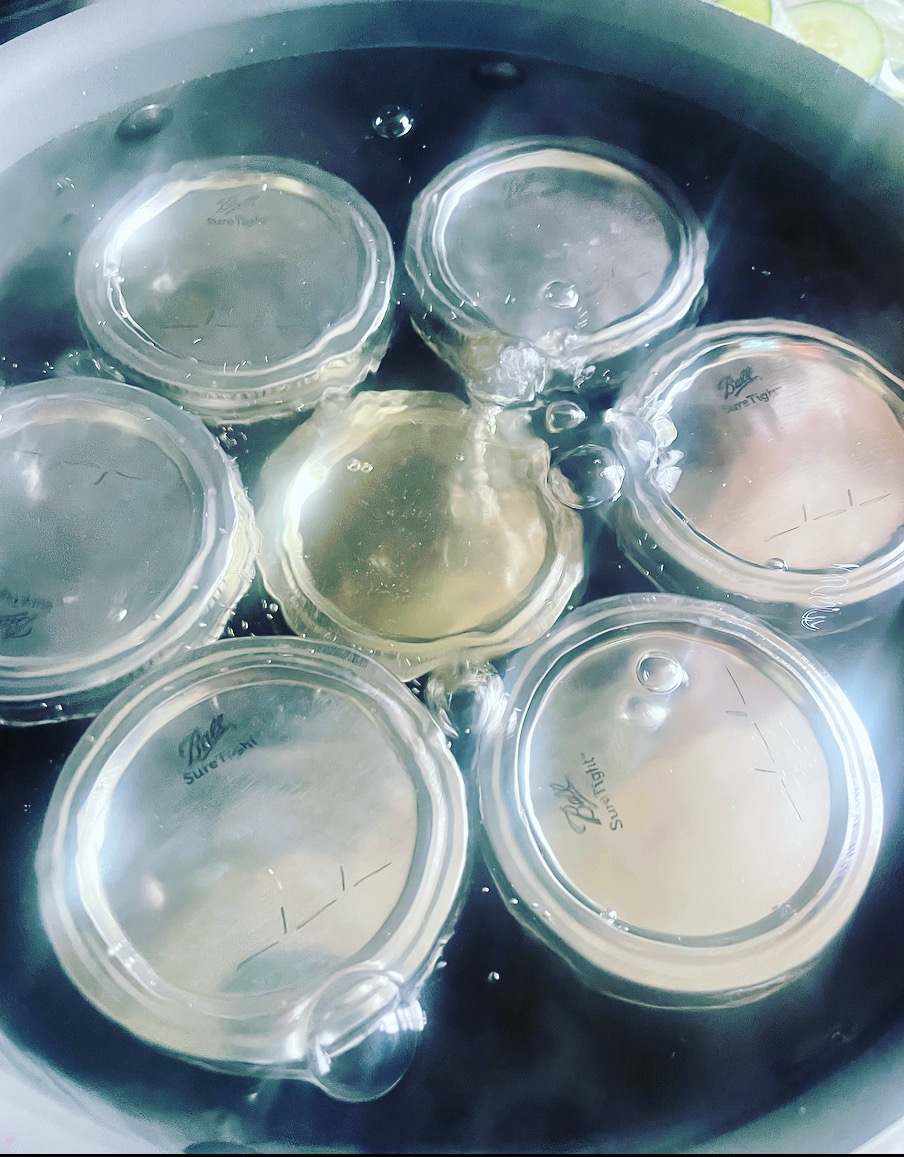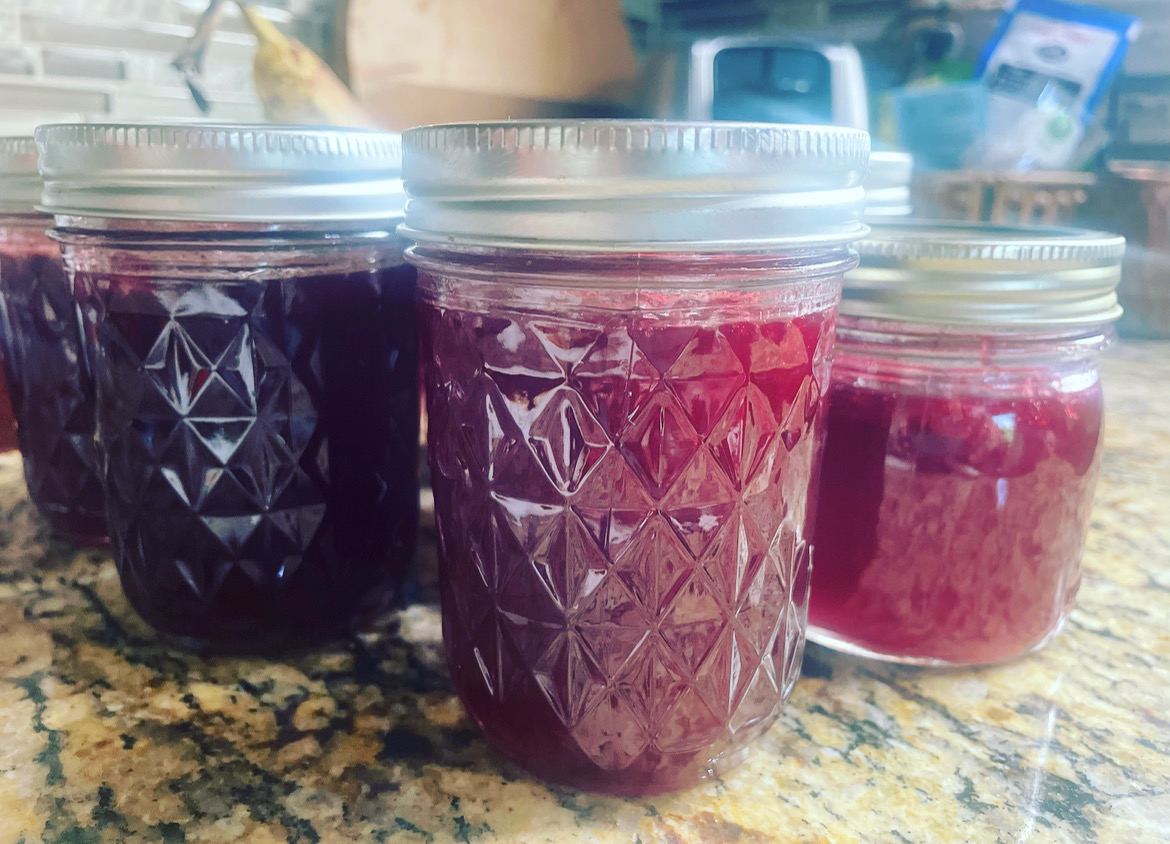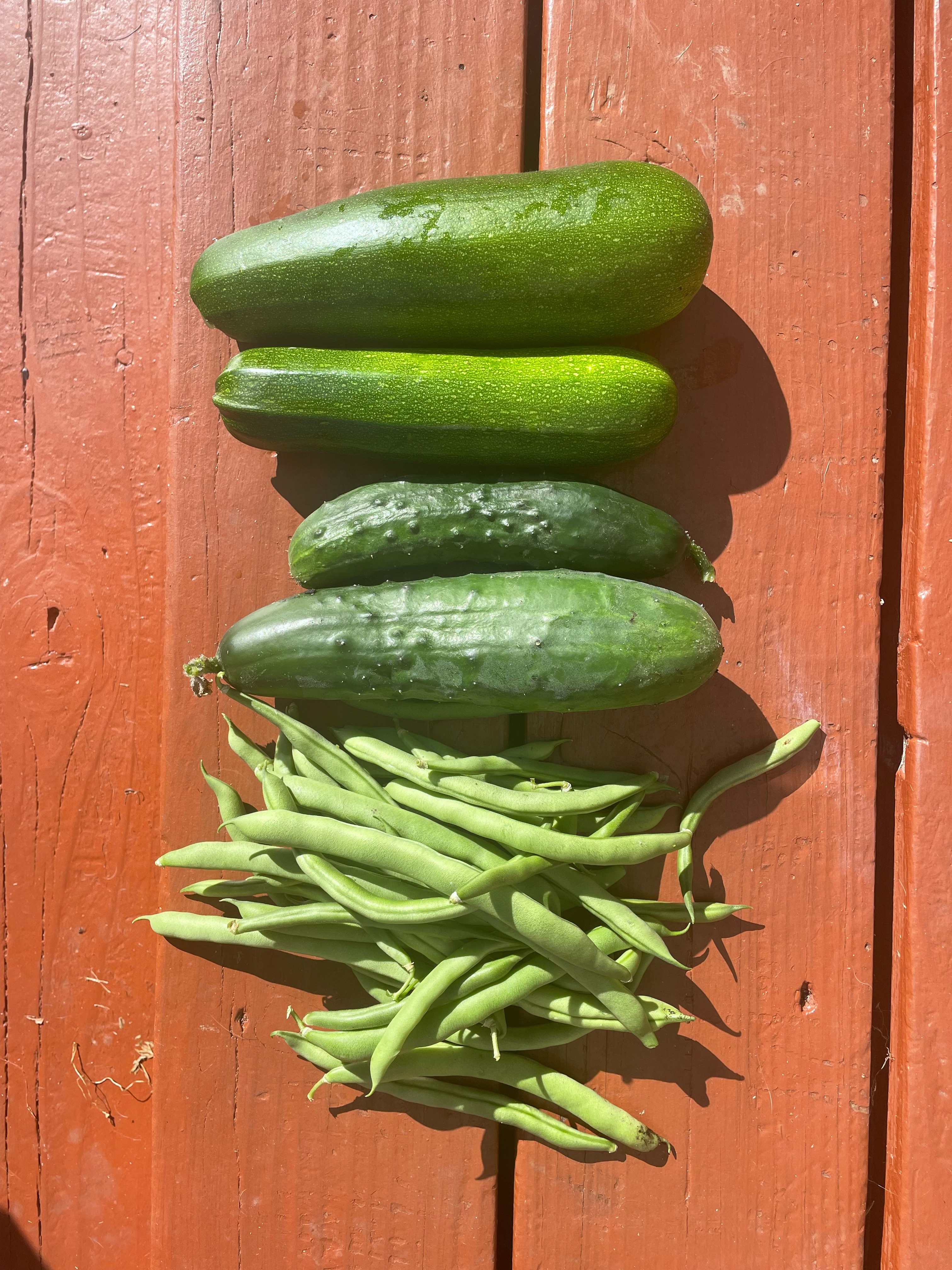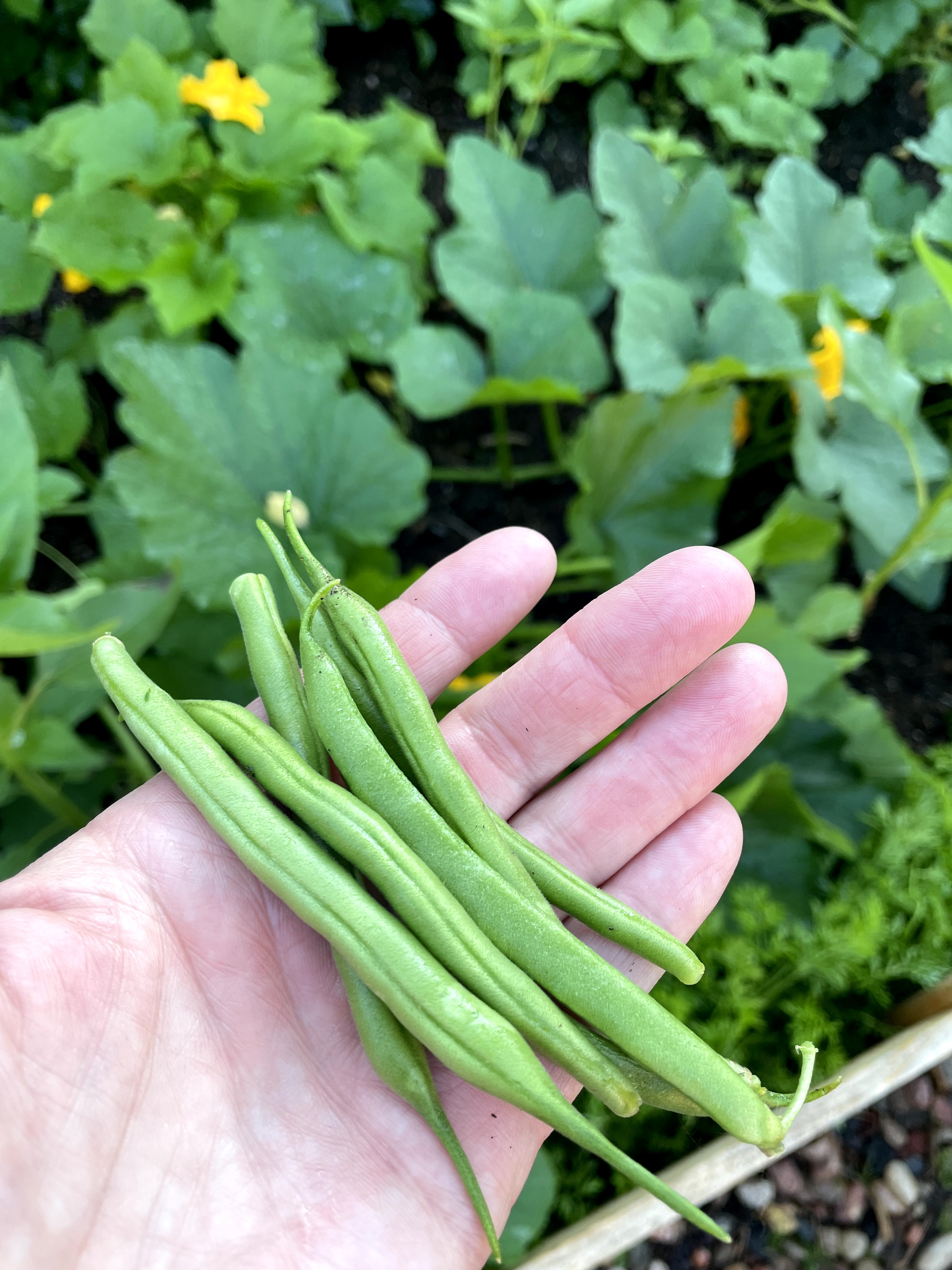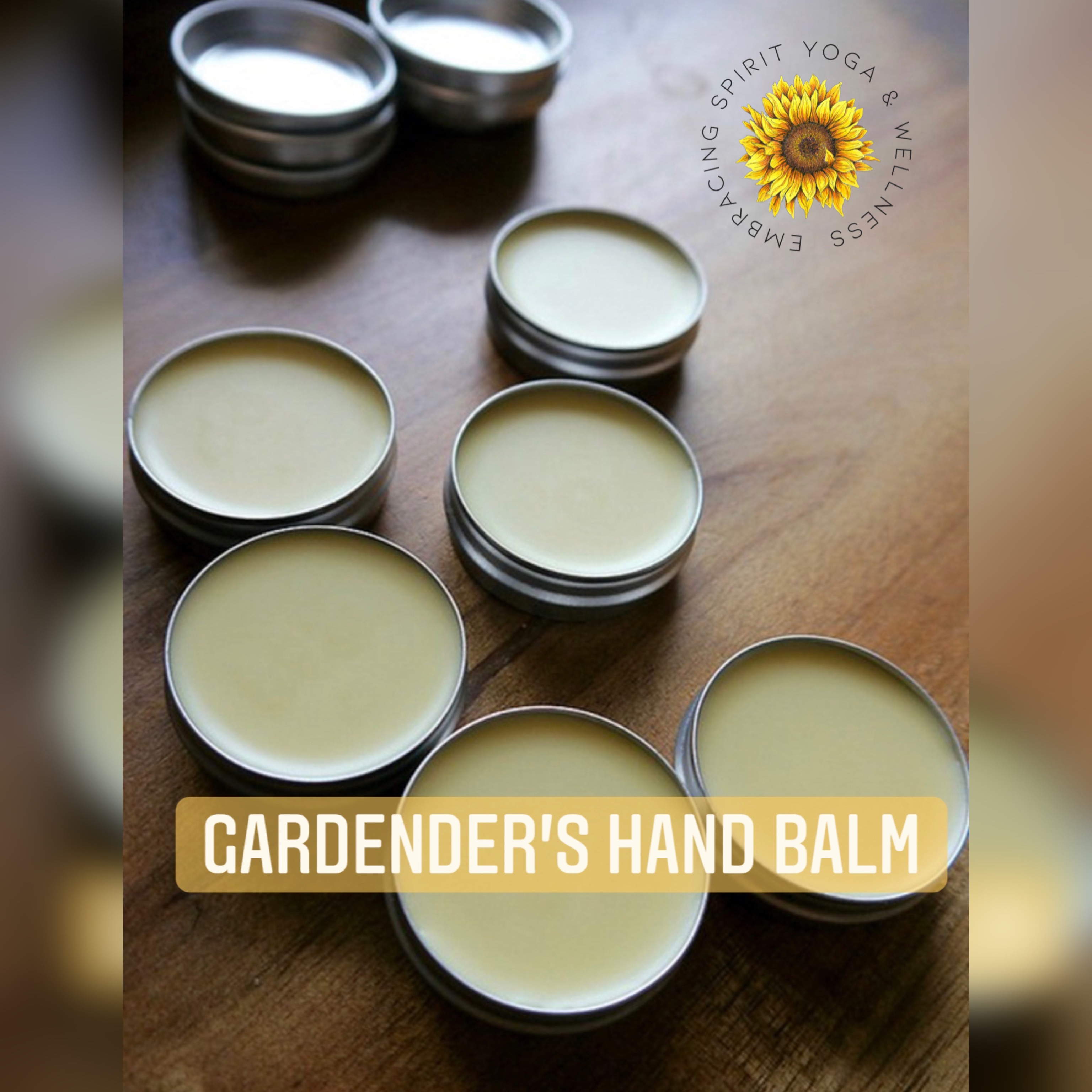Ever since I started gardening a few years ago I have gotten a huge thrill out of watching something grow from a tiny seeds into something that sustains me. Nothing beats fresh produce right out of your own garden. I love the constant growth and it is such a good reminder to me of having patience, providing loving presence and attention to something and enjoying the abundance that always comes.
Trying new things has always been one of my strengths. I rarely shy away from learning new skills and when it comes to trying FUN new things, I am all in. I have two really large chokecherry bushes along my back fence and for the last three or four years I have muttered to myself that I should try making chokecherry jelly. Somehow each year that thought remained just a thought.
Until this year. Last night I grabbed a bowl and off I went to pick. A great memory I have is my sweet grandmother talking about making chokecherry jelly. While I was picking I felt her spirit as my hands got sticky and red. I had no idea how many cherries I needed to pick to get enough for jelly, but I kept picking. I ended up picking three pint size mason jars and told myself that if it was easy and fun to make jelly, I can always pick more.
Making the jelly was easy and fun. So much so that as soon as my batch was cooling, I took off with a bigger bowl to pick more!
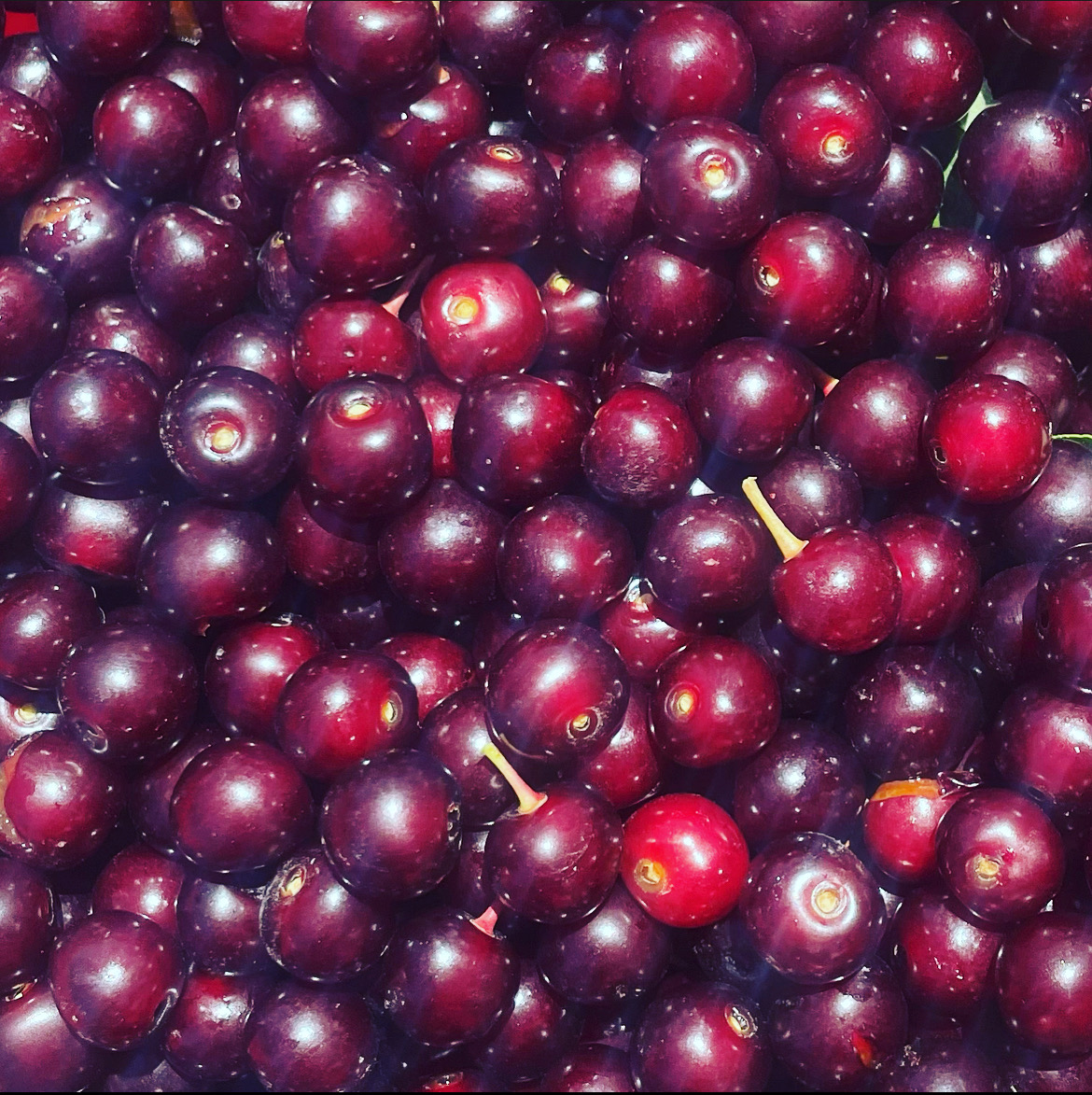
The first thing you do is make the juice. After rinsing and discarding leaves and big stems (don’t worry about the little ones attached to the cherries) cover your cherries with water and boil for 30-35 minutes. You can use this right away for the jelly, or you can freeze it for later. To make the jelly, just follow this simple recipe!
Chokecherry Jelly
Ingredients:
- 3.5 cups chokecherry juice
- 1/2 cup fresh lemon juice
- 1 teaspoon butter or margarine
- 1 pkg dry pectin 1.75 oz
- 4 1/2 cups of sugar
- Optional—I added two drops of wild orange essential oil! Bam!
Instructions:
- Pour juices in kettle.
- Add pectin, stir.
- Bring to a boil, add sugar.
- Boil and stir for 2 minutes.
- Remove from heat, skim.
- Ladle into jars leaving 1/2 inch space. Add the top and the ring, twist just finger tight (not super tight).
- Process in hot water bath for 10 minutes. A hot water bath is when you add filled jars to pot of simmering water that covers the jars.
- Remove from bath and cool undisturbed for 24 hours.
Besides being fun and easy it is also gorgeous to look at! I cannot wait for a little toast and jelly with my coffee while sitting on the patio tomorrow morning. There is something SO satisfying about making your own food…and even more fun actually picking the ingredients to feed your people. Plus, how amazing will these little jars be for neighbor gifts come holiday time?
** update to original post. After making this two years in a row, I have some measurements that may help. You’ll need approximately 10 cups of berries to yield 4 cups juice. This recipe that calls for 3.5 cups juice yields 7 jars of jelly.
You can find some of my favorite DIY supplies and follow me for more inspiration below!
